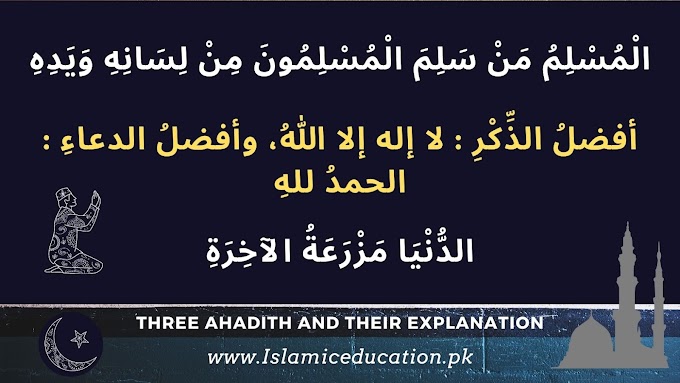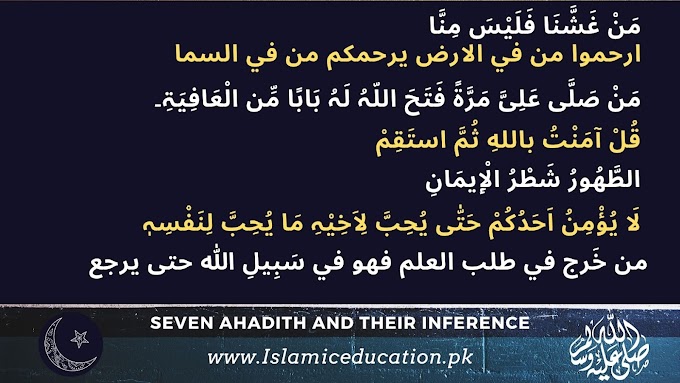On the 10th of Zil Hij Muslims all over the world, together with the pilgrims in Mina, celebrate the annual religious festival, 'Id al-Adha. For the pilgrims, this occasion carries a tremendous degree of importance. The most important aspect of the festival is the sacrifice that is offered in commemoration of the greatest example set in this regard by the Holy Prophet Ibrahim.
He had submitted before the will of God for the sacrifice he had been replaced by a son Holy Prophet Ismael. Later, Ismael’s calf was then sacrificed. The pilgrims revive this example by sacrificing various sacrificial animals between the 10th and 12th Zil Hij. Sacrifice on 'Id al-Adha also marks the relaxation of most of the restrictions of Ihram that the pilgrims had so far been observing.
Rejection of Satan by way of Rami further strengthens their
belief as this ritual prepares them to condemn all Satanic and evil forces
elsewhere as well. Then cutting nails and hair on the same day fills the hearts
of the pilgrims with a special feeling of washing away all their previous sins
and mistakes.
This is in the light of a Hadith of the Holy Prophet(ﷺ) according to which after performing the Hajj a believer becomes as free from sins as a newborn baby. Now all these rituals are performed collectively and, therefore, they promote a strong sense of belonging to the same community. Moreover, the sacrificial meat further strengthens the communal ties as it is immediately distributed among the poor.

.jpg)





